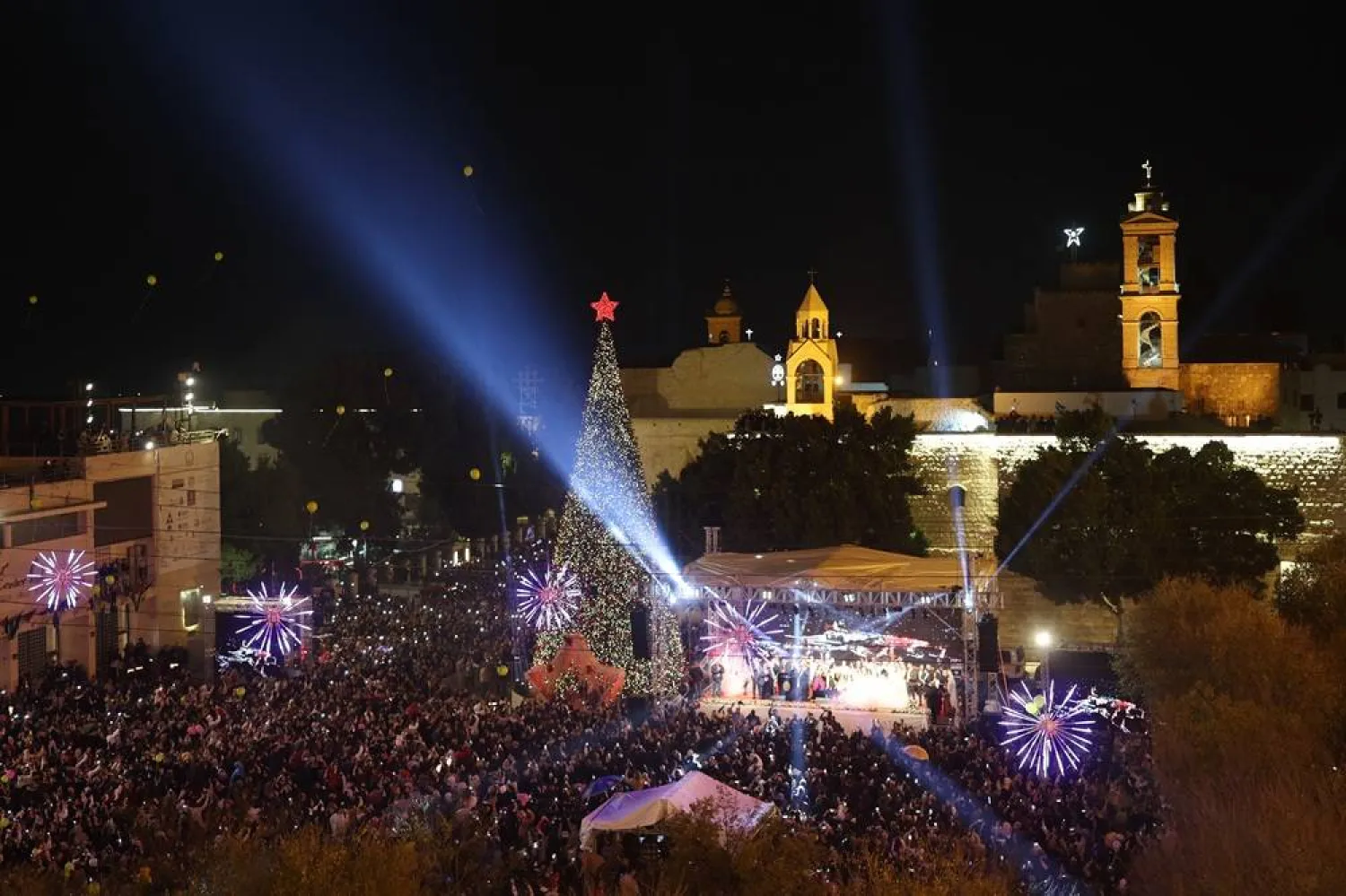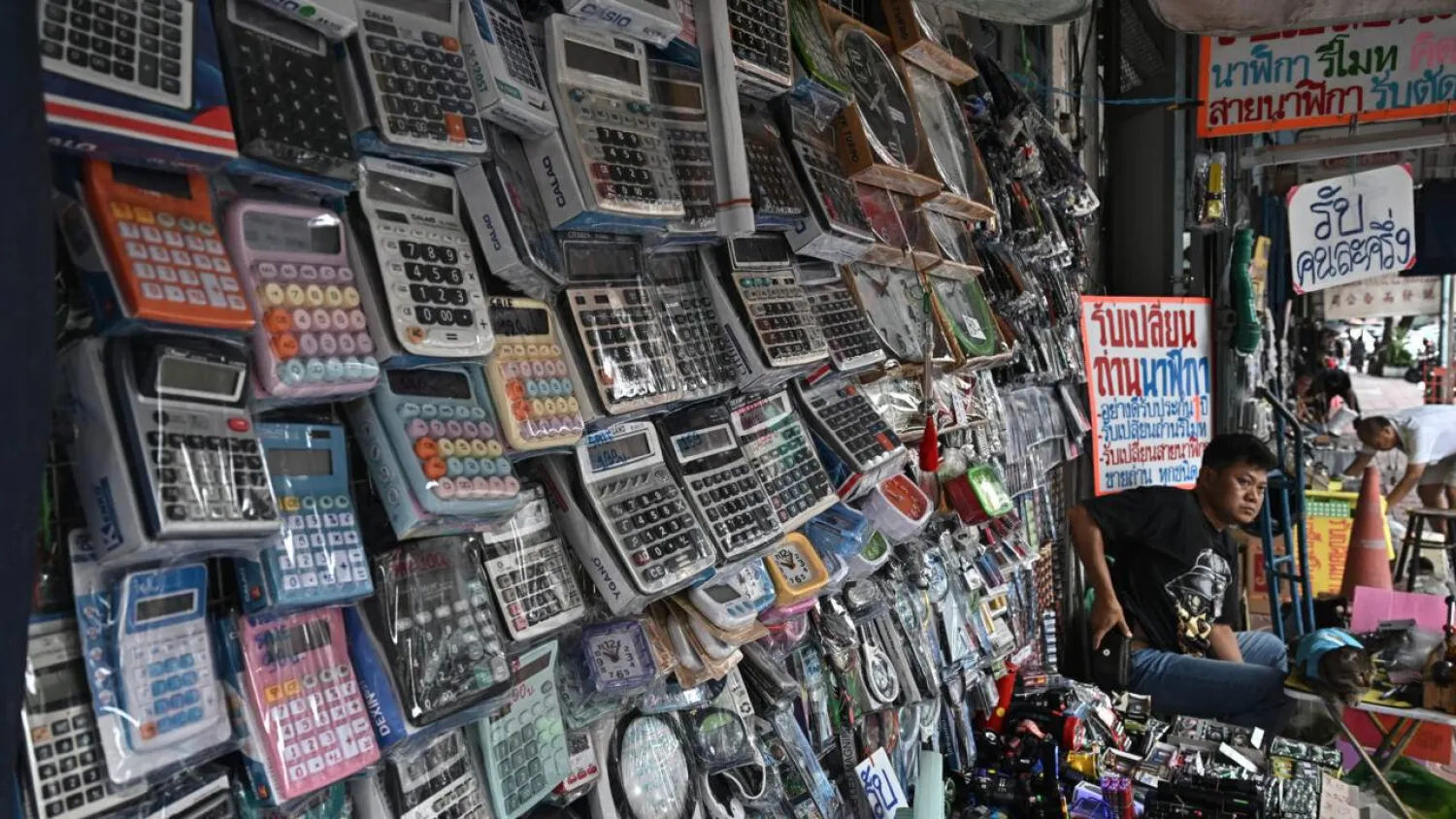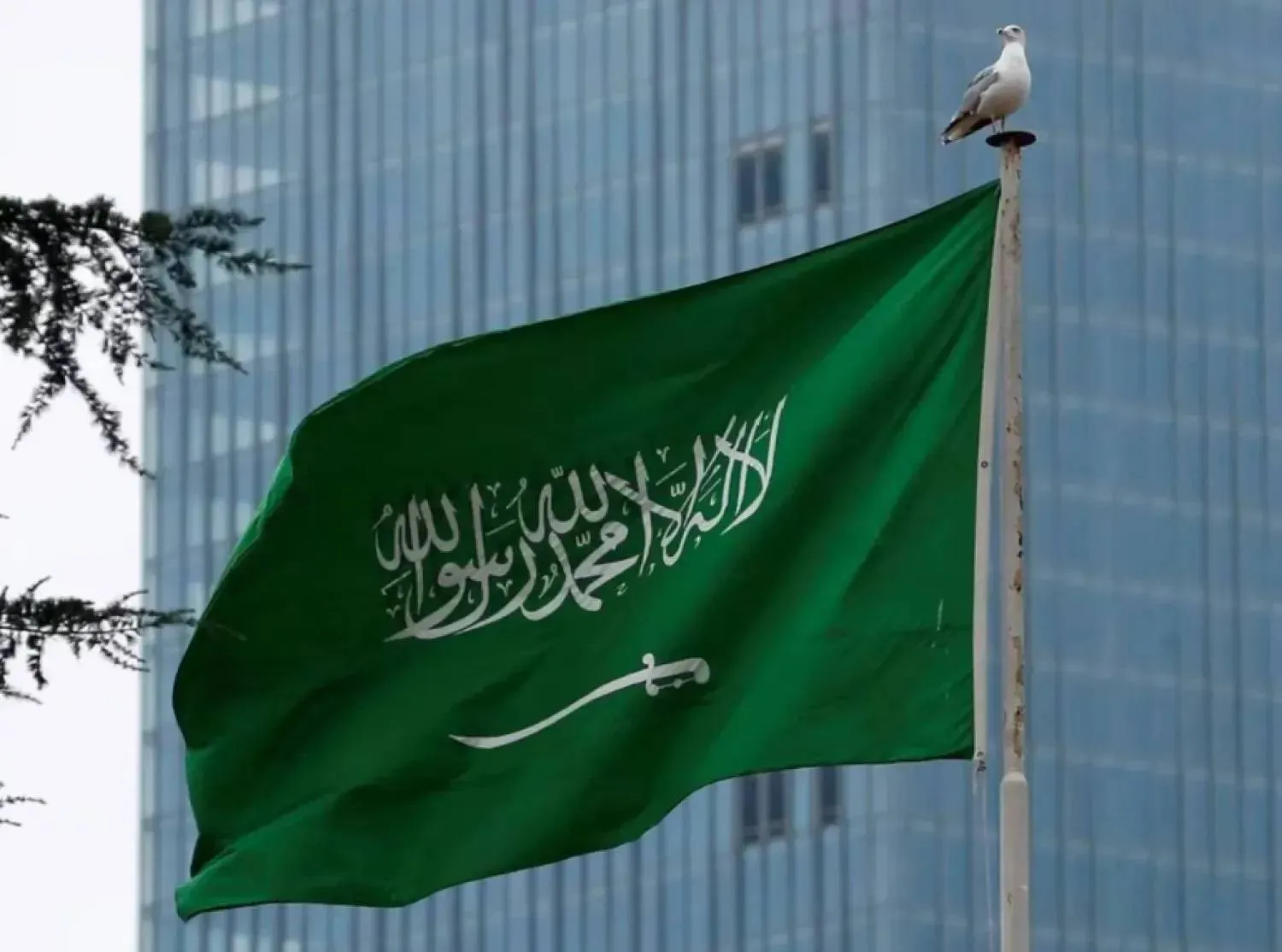After around five months of search in the Red Sea, the Decade Expedition announced that it has discovered several new ecosystems and rare maritime species.
The expedition involved 126 researchers and was launched by the National Center for Wildlife. The discoveries were featured in 77 new research papers.
The announcement was made during the “Red Sea Decade Expedition”, a symposium that hosted specialized maritime experts and scientists from around the world, and concluded in Riyadh on Monday.
The expedition was aimed at exploring the unique biodiversity along the Saudi coasts, from bacteria to whales, in addition to creating a database on the statuses of ecosystems and the endangered species that need protection.
The researchers detected over 10 blue holes, incubating unique ecosystems. For the first time ever, the DNA sequencing results confirmed the presence of great white sharks in the Red Sea. The expedition unveiled thousands-years-old active thermal vents and massive microbial formations northern of the Farasan Island that have further confirmed the presence of unique marine life.
They found that sharks can dive deeper in the warm waters of the Red Sea, the deepest in the world, in a lower temperature of around 21 degrees Celsius. Also unveiled is an active, dense, resilient community of deep-sea lantern fish, thriving in low oxygen conditions.
Noteworthy behavioral findings include Bryde’s whales reproducing in the Red Sea, challenging previous assumptions about their migration, and dolphins using blue holes as sanctuaries to protect their young from the attacks of larger fish, highlighting complex marine behaviors.
The results of the expedition also revealed that marine creatures in the deep Red Sea prey on deep layer fish during their migration, a phenomenon that hasn’t been spotted anywhere in the world so far. Through DNA sequencing and analysis of seabed deposits, researchers have traced the region’s biological diversity changes over the last 1,800 years.
The discovery includes the largest assortment of rock samples in the Red Sea, which has yielded critical data on geological activities that support biological diversity. The expedition recorded the most resilient deep-sea corals known, capable of surviving without oxygen and at temperatures up to 33 degrees Celsius.
It also compiled the first Red Sea microorganism gene catalog, offering precise data on the genetical resources, and opening the door for a range of potential applications in several industries, including pharmaceuticals, food, energy and beauty. Bioluminescence was discovered in the depths of the Red Sea with 3 types of microbial bacteria in its composition, according to DNA analyses.
Launched by the National Center for Wildlife and supported by the Saudi government, the Red Sea Decade Expedition was designed to carry out the first inclusive exploration of regions that weren’t studied before in the Red Sea, starting from the Afifi region (southern Red Sea) and extending to the Aqaba Bay (northern Red Sea), as part of the Saudi plan to protect the environment, enhance its sustainability and enrich the biodiversity, in line with the Saudi Vision 2030 and the Saudi Green Initiative.
The international team from 18 countries, collaborating with institutions like King Abdullah University of Science and Technology (KAUST), utilized state-of-the-art technology for this 19-week mission.
The team also made sure to produce documentaries and media content on the explored areas, in order to provide a clear understanding of the Red Sea environments and the unique biodiversity that characterizes its ecosystem.









